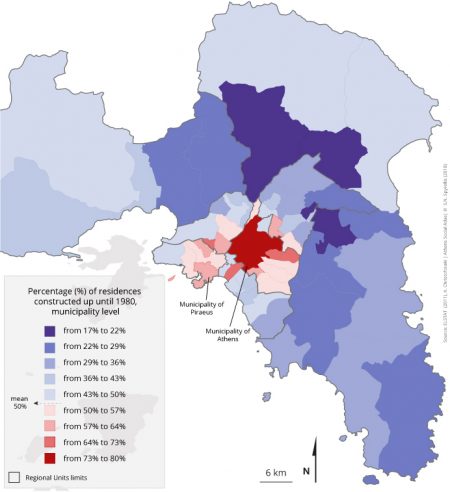

Until the fifth century, the ministers apparently wore ordinary clothes, albeit festive ones-not daily attire or military uniforms-and used simple glass chalices. In these modest settings, the table where lunch was served became the Eucharistic table. In the beginning, the ecclesial community met kat’ oikon, “at the home” of the various Christian families, as Saint Paul often recalls (for example, in Romans 16:5). Such opulence was intended to proclaim the divine transcendence, the sacred detachment of worship from daily ordinariness, the splendor of mystery. The selection is indubitably sumptuous, a quality that was exalted during the Baroque period but has characterized liturgical ornamentation of the following centuries. The wide range of objects shown includes a vast array of sacred paraments such as copes, chasubles, dalmatics, stoles, albs, episcopal mitres, papal tiaras, zucchettos, fascias, pectoral crosses, rings, and crosiers, as well as chalices and monstrances used in Eucharistic celebrations. The forty or so articles of clothing and sacred ornaments from the Vatican presented in the “Heavenly Bodies” exhibition and this accompanying catalogue are rightly classified under the category of “Catholic imagination,” as the subtitle recites. But, as is clearly demonstrated in the creative world of fashion and is suggested by the linguistic connections among the Latin vestis (clothing), “vestment,” and “investiture”-a word indicating an appointment to an official position-clothing, through its symbolic dimension, also belongs to and expresses its culture. Garments do not merely protect us from the cold and heat or from nakedness, although these perfectly legitimate functions are recognized in the Bible, when God at the dawn of humanity “made for Adam and for his wife garments of skins, and clothed them” (Genesis 3:21). Indeed, clothing and material goods in general reflect their time and place as Honoré de Balzac wrote in his Treatise on Elegant Living (1830), “Clothes are the expression of society.” They are effectively its self-portrait.

Liturgical vestments, like other objects dedicated to worship, are a veritable mirror of the historical phases of the Catholic Church.
#HE KAT OIKON FULL#
From the solemn to the superficial, these images capture the full spectrum of the possibilities of sacred dress. By that time Pope Paul VI had already vastly simplified the sumptuous cardinalate garb, for example cutting off the long tails of the cardinal’s cape, but Fellini’s caricature of clerical ostentation serves as an effective counterpoint to the grandeur of Manzù’s cardinal figures. In stark contrast is the satirical and grotesque runway show of clerical fashions depicted by director Federico Fellini in an exhilarating sequence of his film Roma, from 1972. The figures, each cloaked by a simple yet majestic cape, are engaged in mystical meditation, immersed in contemplation of a timeless horizon.

Cast in bronze or carved of stone, their pyramidal forms culminate in the peak of a mitre. Manzù’s stately cardinals, whether seated or standing, large or small, are truly imposing.
#HE KAT OIKON SERIES#
One is the sculptor Giacomo Manzù’s powerful Cardinali, a series of more than fifty figures he created from the late 1930s through the late 1950s. When I put on my cardinal’s robes or the sacred vestments for liturgical celebrations with Pope Francis, my thoughts often turn spontaneously to two divergent sets of images. Text by Cardinal Ravasi for the catalogue of the 2018 Spring Exhibition "Heavenly Bodies: Fashion and the Catholic Imagination" at the Costume Institute, New York.


 0 kommentar(er)
0 kommentar(er)
